It would have been easy for the Glenfarg community to have lost heart when it lost its bus service twice in the space of just three years.
But the Glenfarg Community Transport Group (GCTG) stepped in with the support of Perth and Kinross Council.
It started operating the 55 service from Perth to Kinross via Glenfarg in April 2023.
And then reinstated the 23 service from Kinross to Tillicoultry last month.
But how did the group manage to transform public transport for the 700-odd residents in the village?
Douglas Fraser is the chairman of Glenfarg Community Council and a trustee of the GCTG charity.
“It needs a nucleus of volunteers and we are really fortunate in Glenfarg because there is a vibrant community spirit in the village”, he says.
“Councils are looking to see if they can change the model driven by commercial enterprise that they have been using.
“It is costing them an absolute fortune because some councils are absolutely dependent on them.”
The group’s new 23 service combines with its 55 service at Kinross to create an hourly six-day service from Perth to Clackmannanshire.
More than 1500 passengers now regularly use these services every week.
Ember and Scottish Citylink services provide regular connections at Kinross Park and Ride for onward travel to Edinburgh and Aberdeen.
And now other communities are wondering how they can replicate what is happening in Glenfarg.
Glenfarg bus service is ‘almost a counselling service’
Both Douglas and Drew Smart recognise they are operating more than just a bus service.
Drew is the chairman of the GCTG and also regularly volunteers as a driver.
“It’s almost a counselling service”, he says.
“Our drivers are interested in the passengers and they look out for the ones that they know maybe have issues.
“They’re asking after them if they don’t turn up for their regular bus.
“We have passengers who come on and just go round the whole journey just for the company.
“You’ll often find that there’s lots of chatter and banter on the bus. It’s not often a very quiet run and you can often get a lot of talk between passengers.”
I ask what life was like for Glenfarg residents when the buses stopped running back in 2020 and then in 2023.
“Older people losing their licences were finding themselves stranded from essential services like healthcare and shopping”, says Douglas.
“They were losing their independence and were moving out of the village.
“You had isolated people who were stuck in their houses and were down in the dumps.
“We had lost our hotel and we had no pub, which was a focal point in the village.
“Everything was in decline and our buses coming along has reversed that.
“Everybody now has just got a more upbeat outlook on life and the vibe in the village is just fantastic.”
How did the Glenfarg community get its buses?
Douglas explains that the group lobbied Perth and Kinross Council and discovered the local authority had unused buses sitting at local high schools.
“They are now going to upsell these buses around the communities free of charge”, says Douglas.
“Community councils have got to put a bid in on how they will use them.
“They will get given these older buses that have loads of life in them because generally, they’re hardly turning a wheel while sitting at the schools.”
GCTG then managed to collect £30,000 through fundraising and bought its own second hand bus.
A third was donated to them by Community Transport Glasgow.
“We had to think about disabled access and sourced a company down south that leases buses”, explains Douglas.
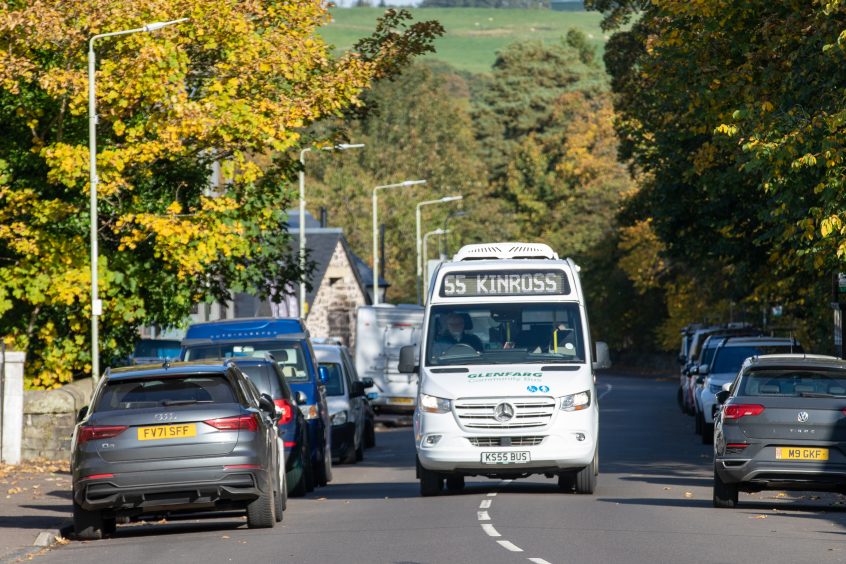
“We now have three brand new 16-seat minibuses with disabled access, location boards, bell pushes and USB points for your phone.
“But they are expensive and are not a long-term solution.
“The ideal scenario would be having our own buses of that calibre.”
Both routes are operated as part of a public social partnership with the local authority.
It is subsidising the route while helping with the procurement and servicing of buses.
Where did the group get its drivers?
The group has eight salaried drivers and a bank of 16 volunteers, who do community runs and backfill to keep the service operating.
Most of the drivers were acquired through “word of mouth”.
“We do a regular run for one of the care homes, so the drivers enjoy taking the elderly people out and they get a lot out of that sort of run”, says Drew.
“And we do a lot of runs for the school. We take the schoolchildren down to the high school and the library.”
Tony McHenry from Glenfarg is one driver who has recently started.
“I retired three years ago, but I got so bored”, he says.
“And I thought I want to put back into the community because for years I was in the private sector.
“I thought I’m going to want to give back and it’s never boring. At least you have fun.”
Should other communities try and replicate what Glenfarg has?
The group have visited several other community councils in the area in the hope of spreading the message that community led transport is a viable alternative.
“You can see how there are a number of communities with a core village and peripheries that are detached from the rest of the world”, says Drew.
“They could operate another community bubble. And if we can get enough of these bubbles together then we can join them up.”
The 55 service won the Best Bus Service Award at the Scottish Transport Awards in June.
This also made communities sit up and pay attention to what is happening in Glenfarg.
“We are also benefiting Bridge of Earn, Milnarthort, Kinross and Crook of Devon”, says Drew.
“If we want to get people out of cars and onto public transport, we have to provide a good rural public transport system.”
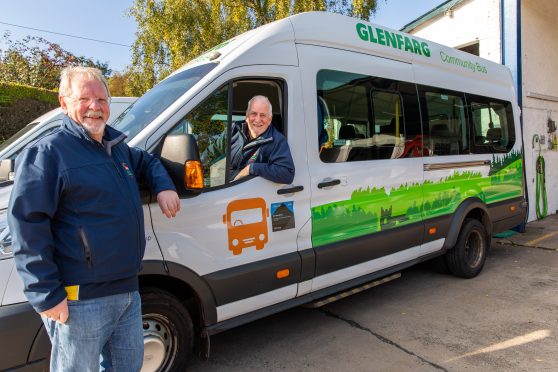
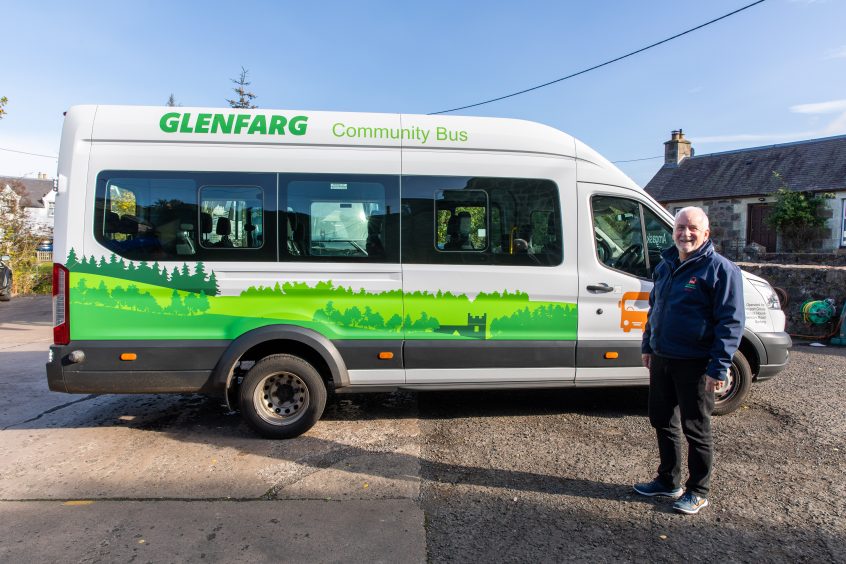
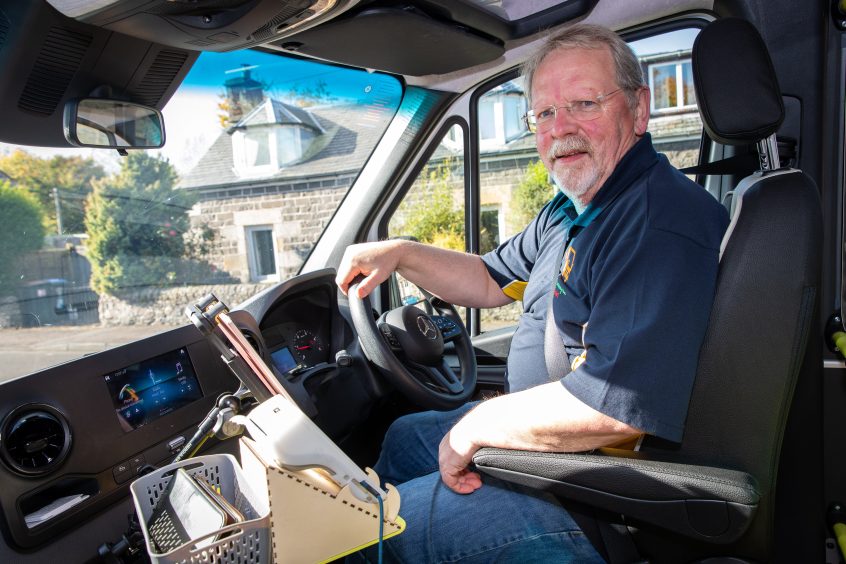
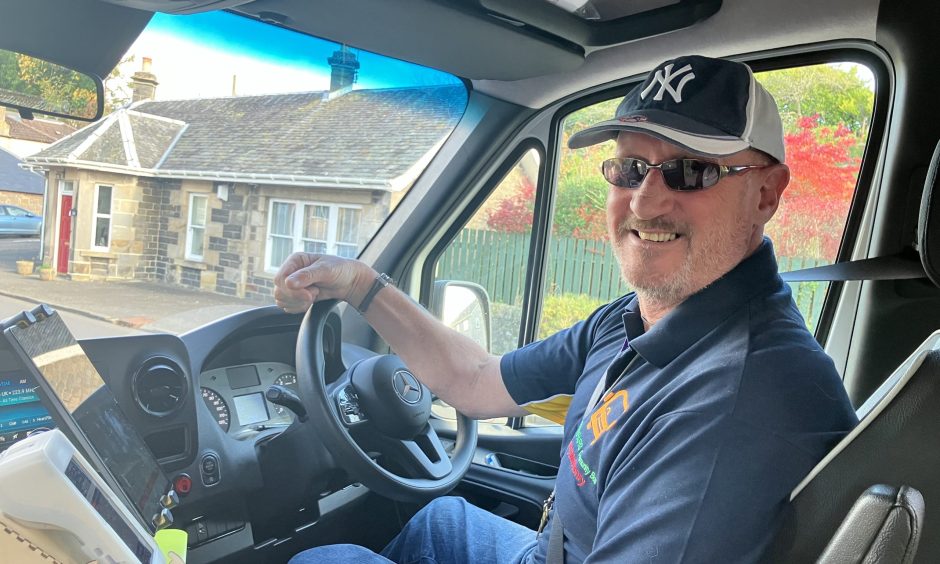
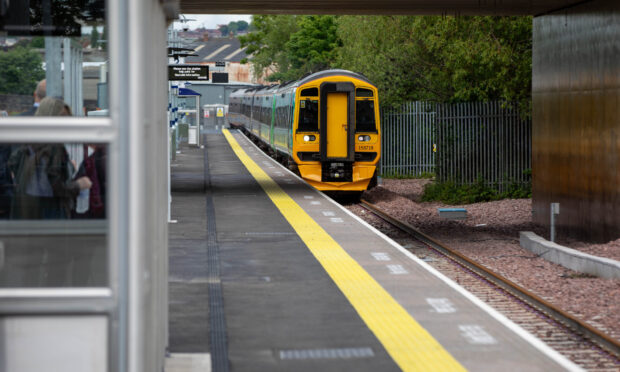
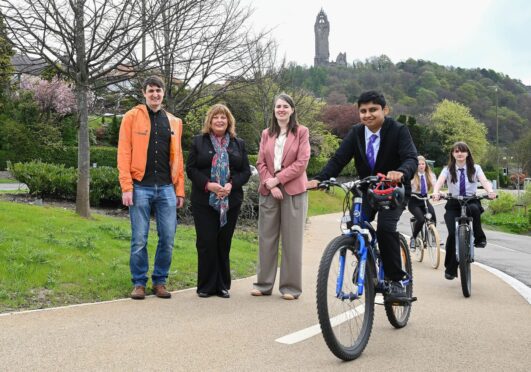
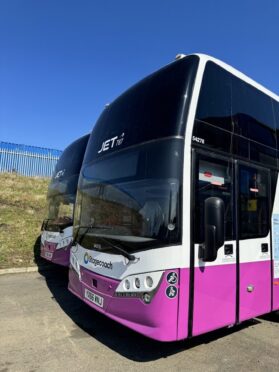
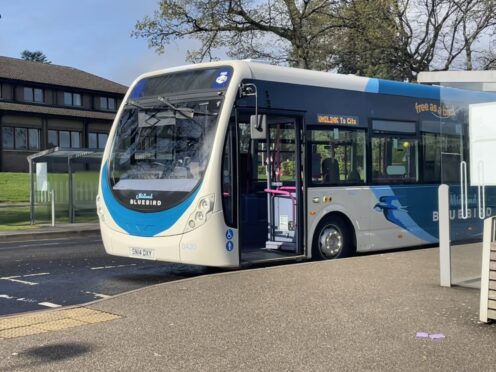
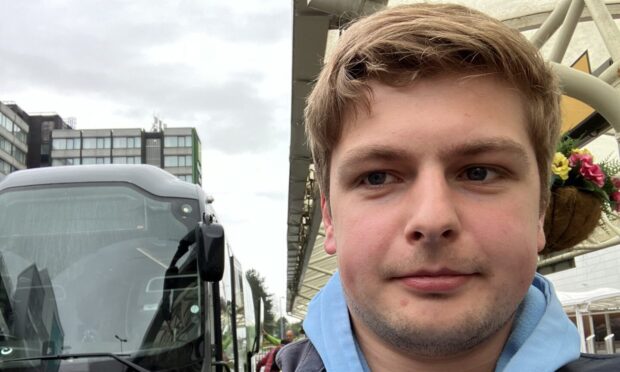
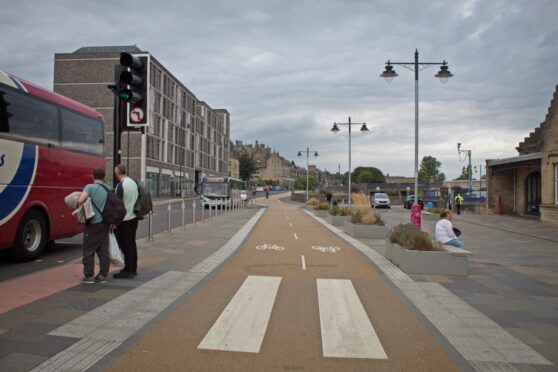

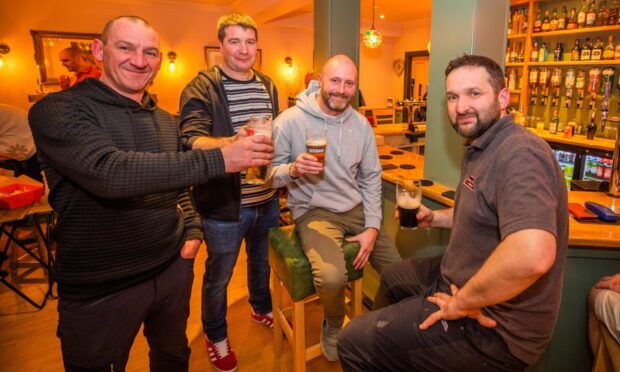
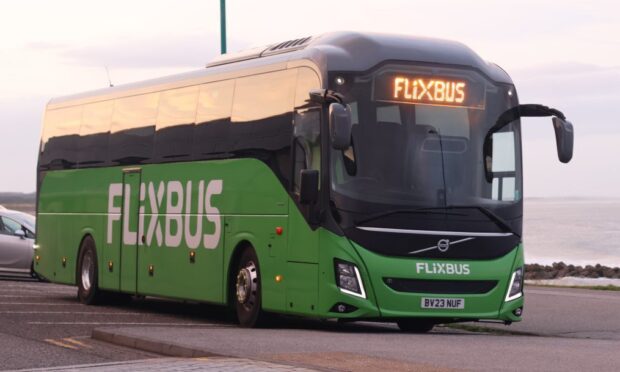
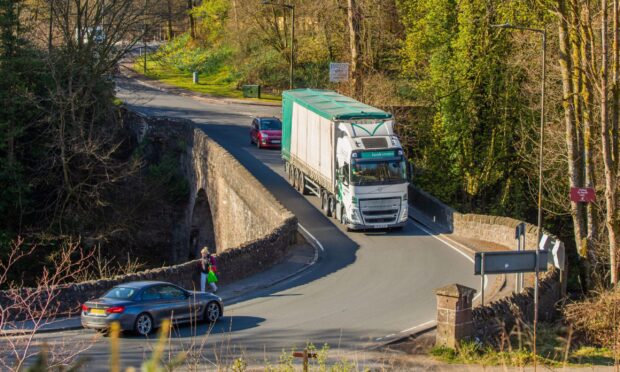
Conversation